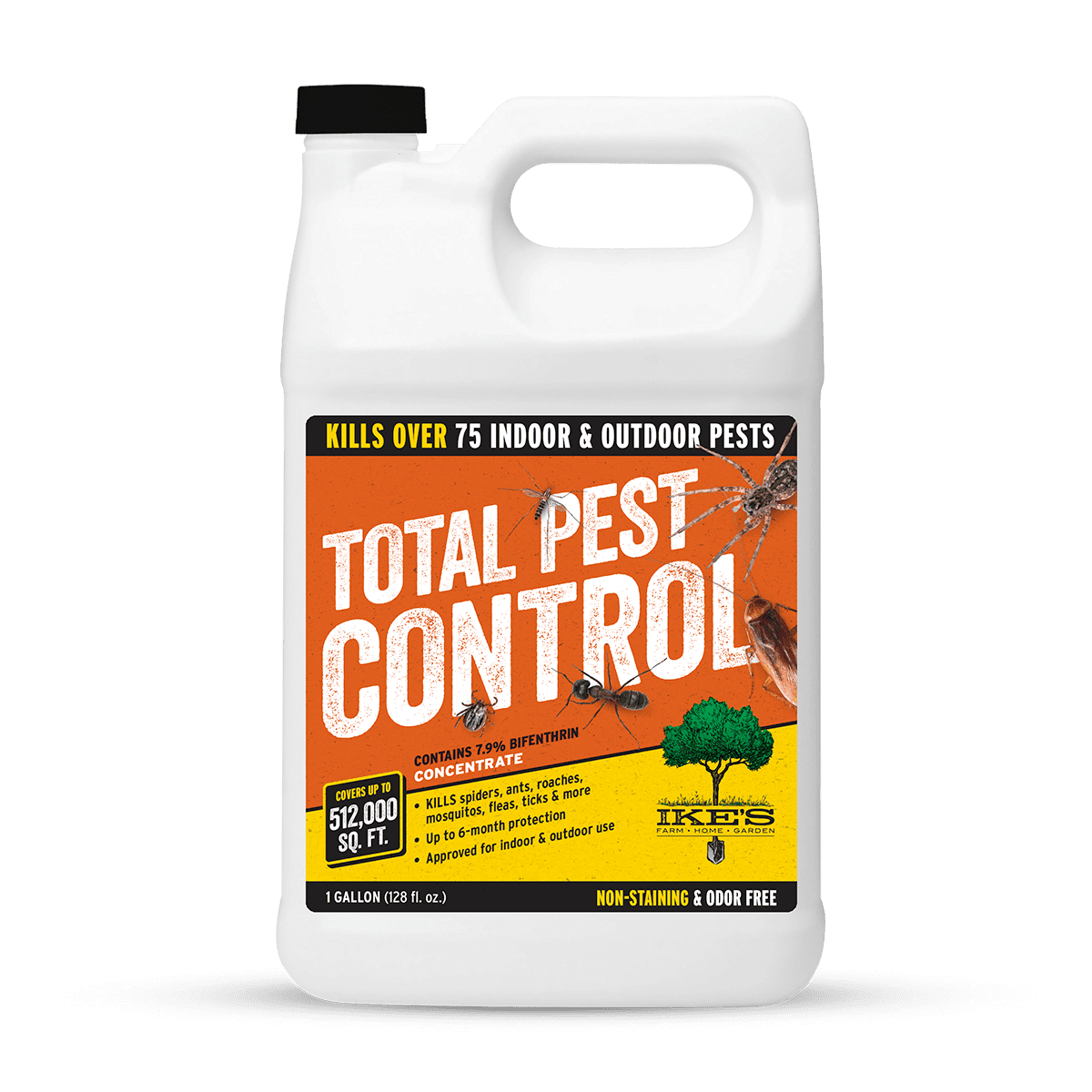Bed Insect Treatment Malfunction: Contrasting Chemical Vs. Non-Chemical Solutions
In the world of insect control, particularly when dealing with the consistent issue of bed pests, the option between chemical and non-chemical treatment options can be a pivotal one. Both strategies supply unique advantages and disadvantages, affecting factors such as performance, safety and security factors to consider, and total price. By taking a look at the nuanced details of each approach, a more clear understanding of which course to pursue in resolving a bed bug infestation can be achieved.
Performance of Chemical Treatments
Chemical therapies for bed bug problems have actually been widely acknowledged for their potent and rapid effectiveness in removing these insects. When thinking about the efficiency of chemical therapies, it is crucial to comprehend that they can offer a comprehensive and quick solution to a bed pest trouble. Expert pest control operators usually rely upon pesticides to target bed bugs at numerous stages of their life cycle, including nymphs, adults, and eggs. These chemicals commonly function by disrupting the bed pests' nerve system, resulting in paralysis and eventual death.
In addition, chemical therapies have the benefit of supplying recurring effects, implying that they can remain to remove bed insects even after the preliminary application. This residual action is especially beneficial in combating any kind of prospective re-infestations. In addition, the fast action of chemical therapies can bring alleviation to individuals dealing with severe bed bug infestations, allowing them to reclaim control of their living rooms promptly.
Security Worry About Chemical Solutions
When making use of chemical solutions for bed bug therapy is ensuring the security of owners and the environment,One essential aspect that calls for cautious consideration. While chemical therapies can be efficient in removing bed insects, they might posture dangers otherwise handled effectively. One of the main security interest in chemical solutions is the possible harm they can trigger to human health and wellness. Exposure to specific chemicals utilized in bed bug treatments can bring about respiratory system problems, skin irritation, or other adverse responses, specifically in individuals with pre-existing problems or level of sensitivities. Additionally, improper application or dose of chemical pesticides can lead to toxic deposits remaining in the treated area, presenting long-lasting wellness risks to passengers.
Additionally, the environmental impact of chemical remedies is another considerable consideration. Some chemicals made use of in bed pest treatments may be dangerous to beneficial bugs, wild animals, and environments if they leach right into the dirt or water systems. It is necessary to use chemical treatments judiciously, complying with safety and security standards, and considering less harmful alternatives to reduce these dangers and ensure the effective and secure management of bed pest infestations.
Benefits of Non-Chemical Techniques
Considering the potential safety concerns and environmental effect associated with chemical services for bed pest therapy, exploring non-chemical strategies offers a promising choice with a number of distinctive advantages. Non-chemical therapies are ecologically pleasant, as they do not contribute to air or water contamination, making them a sustainable selection for insect control.
Furthermore, non-chemical remedies can be efficient in targeting bed insects, including hard-to-reach areas where chemical treatments might not pass through - A1 bed bug treatment in charlotte. Approaches such as heat treatment, vacuuming, spray for pests steam cleaning, and mattress coverings supply comprehensive obliteration without the usage of harmful chemicals.
Limitations of Non-Chemical Treatments

In addition, non-chemical treatments commonly call for several applications to accomplish effective eradication. This can be time-consuming and might not always assure full elimination of all bed pests and their eggs, particularly in covert or hard-to-reach areas.
In addition, the success of non-chemical therapies heavily counts check my site on appropriate execution and thoroughness, which can be testing for individuals without professional knowledge. Insufficient application of non-chemical techniques might cause incomplete obliteration, bring about consistent infestations and the need for additional treatments.
Consequently, while non-chemical treatments have their advantages, it is important to acknowledge these limitations and consider them when identifying the most reliable strategy for taking care of bed insect invasions.
Price Contrast: Chemical Vs. Non-Chemical Options
Offered the constraints connected with non-chemical treatments, a vital facet to review in the context of bed insect administration is the expense contrast in between chemical and non-chemical options. In comparison, non-chemical therapies like warmth therapy or vapor can be extra costly, with prices varying from $1,000 to $6,000 for an entire home. While the first cost of chemical therapies may appear reduced, several treatments might be required to totally read eliminate the problem, potentially enhancing the total cost.
Final Thought

Thinking about the potential safety and security concerns and environmental influence associated with chemical remedies for bed insect therapy, exploring non-chemical methods offers a promising choice with a number of distinctive advantages.Given the restrictions linked with non-chemical therapies, a necessary aspect to examine in the context of bed pest management is the price comparison in between chemical and non-chemical options. In contrast, non-chemical treatments like warm treatment or vapor can be more expensive, with expenses varying from $1,000 to $6,000 for a whole home. While the preliminary price of chemical treatments may appear reduced, numerous therapies might be required to completely remove the problem, potentially raising the overall cost.In final thought, when contrasting chemical and non-chemical bed pest therapy options, it is essential to think about efficiency, security, advantages, restrictions, and cost.
Comments on “Experienced A1 Exterminators Charlotte NC - Quick and Trusted Solutions”